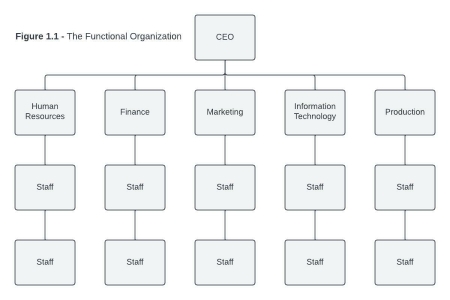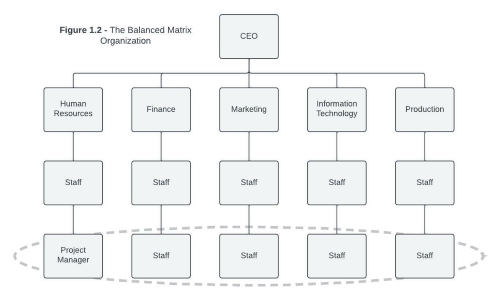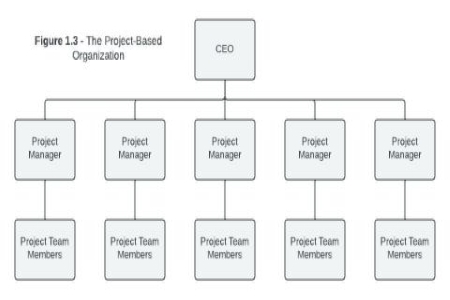Initiating the Project
- Characteristics of a Project
- Role of a Project Manager
- First Step of a Project Manager
- Feasibility Analysis or Study
- The Stakeholders
- Organizational Structures
- Planning and Execution
- Project Life Cycle
- TestMoz
Characteristics of a project:
A project is unique. It is typically undertaken to meet a specific business objective. It involves doing something new, which means that the end result should be a unique product or service. These products may be marketed to others, may be used internally, and may provide support for ongoing operations.
Temporary Projects: They have definite start and end dates. The time it takes to complete the work of the project can vary in overall length from a few weeks to several years, but there is always a start date and an end date.
Resources and Quality: According to CompTIA, the characteristics of a project include assigning resources to complete the work of the project and assuring the results of the project meet the quality standards outlined in the project plan.
Stakeholder Satisfaction: A project starts once it has been identified, the objectives have been outlined in the project charter, and appropriate stakeholders have approved the project plan. A project ends when those goals have been met to the satisfaction of the stakeholders.
Role of a Project Manager:
The project manager is the person responsible for integrating all the components of a project and applying the various tools and techniques of project management to bring about a successful conclusion to the project. The project manager's role is diverse and includes activities such as coaching, planning, negotiating, solving problems, and more.
First Step of a Project Manager:
The Pre-Project Setup Phase:
Feasibility Analysis or Study:
A feasibility analysis is an option to use to help validate your project.
The Stakeholders:
A stakeholder is someone who has invested into the success of the project that can be a source of support and authority for the project.
Organizational Structures:
Functional: Hierarchical structure, staff is organized by department and are managed independently with limited span of control.
Advantages:
- Growth potential and a career path for employees
- Opportunity for employees with unique skills to excel
- A clear chain of command (every employee reports to one manager)

Disadvantages:
- Project managers have limited authority
- Multiple projects share limited resources
- Issue resolution must follow the department chain of command
- Project team members are loyal to the functional managers
Matrix: A matrix is also organized by department but any work associated to the project is assigned to the project manager, therefore team members may report to two or more managers.
Weak matrix: A weak matrix puts emphasis on functional work over project work and runs like a functional hierarchy; functional managers have the majority of the power in this type of organization.
Strong Matrix: A strong matrix puts emphasis on the project work over the functional responsibilities. The project manager has majority of power in this type of organization.
Balanced Matrix: A balanced matrix shares equal emphasis between projects and functional work.Both the project manager and the functional manager hold the equivalent amount of power.

Project Based Organization focuses on the projects rather than the functional work units. Project managers almost always have the majority of power in this type of structure.
Advantages:
- Team members are co-located (work together at the same physical location)
- The project has a high authority level
- Full-time resources are assigned to the project
- Dedicated project support staff

Disadvanages:
- Reassigning project members once the project is complete
- Not always a new project waiting for the resources
- Communication is essential to make sure time is managed efficiently
Planning and Execution:
Planning processes are where the project goals, objectives, and deliverables are refined and broken down into manageable units of work. Project managers create time and cost estimates and determine resource requirements for each activity. Planning involves several other critical areas of project management, including communication, risk, human resources, quality, and procurement.
Executing processes are where the work of the project is performed. The project manager must coordinate all the project team members as well as other resources assigned to the project. Executing processes include the actual execution of the project plan, team development, quality assurance, information distribution, and more.
Project Life Cycle:
Initiating > Planning > Executing > Monitoring > Closing
TestMoz:
Click here to take a test on this chapter.
